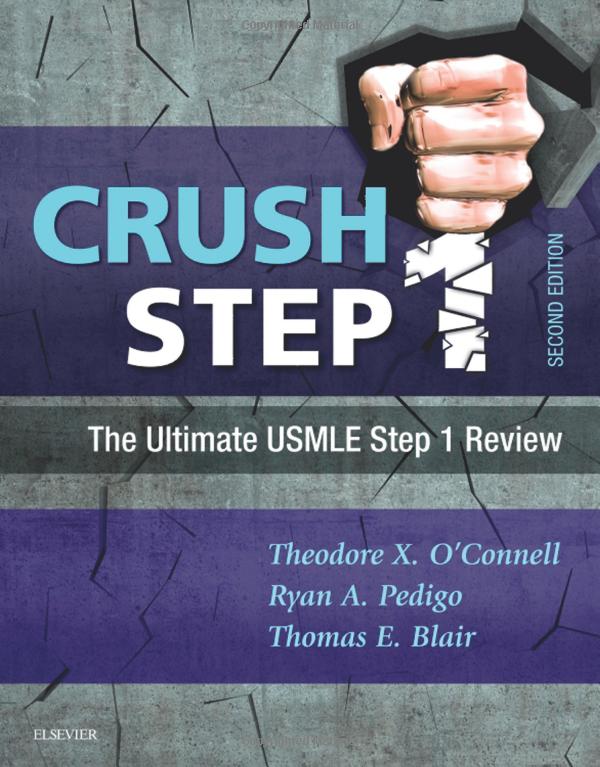A 41-year-old man presents to his primary care physician with concern about unilateral testicular enlargement noted last week by his sexual partner. He feels well, has an unremarkable past medical history, and does not take any medications. On physical examination, his right testicle appears homogeneously enlarged and is nontender to palpation. Laboratory studies indicate elevated levels of human chorionic gonadotropin (hCG) and placental alkaline phosphatase (PLAP). Alpha-fetoprotein (AFP) is within normal limits.
Which of the following reflects the most likely histological appearance of this patient’s right testis?
C) Large cells with a “fried egg” appearance
The patient is likely presenting with a seminoma, the most common germ cell tumor in males (approximately %0% of all testicular germ cell tumors). The average age at presentation is approximately 40 years old, which is 10 years older than for testicular non-seminomatous germ cell tumors. Besides age there are no other reliable clinical correlates. Serum tumor markers are usually normal with seminomas, though hCG may be somewhat elevated. Placental alkaline phosphatase is a very sensitive marker for germ cell tumors and is positive in >95% of seminomas, but it lacks specificity. Seminomas are analogous to dysgerminomas in females. Seminomas are malignant but have an excellent prognosis as they do not metastasize until later in their development and are highly radiosensitive.
Answer choice A: Crowded cells with areas of hemorrhage and necrosis, is incorrect. This describes an embryonal carcinoma, a malignant germ cell tumor that is typically painful. These tumors may present with elevated alpha-fetoprotein (AFP) and hCG, and have a worse prognosis than a seminoma.
Answer choice B: Hyalinized stroma with psammoma bodies, is incorrect. Psammoma bodies are characteristic of serous cystadenocarcinomas, which are derived from ovarian epithelial cells. They may also be found in a variety of other neoplasms, including papillary thyroid carcinoma and meningioma.
Answer choice D: Large cells with eosinophilic crystals, is incorrect. This describes Reinke crystals, which are a feature of Leydig cell tumors. These tumors are typically benign and present with elevated levels of androgens or estrogens.
Answer choice E: Nests of transitional-like epithelium, is incorrect. Transitional-like epithelium may be found in Brenner tumors, which arise from ovarian epithelial cells. These tumors are additionally characterized by “coffee bean nuclei” on histology.
Key Learning Point
Seminomas are the most common testicular germ cell tumor and are characterized by a “fried egg” appearance on histology.


